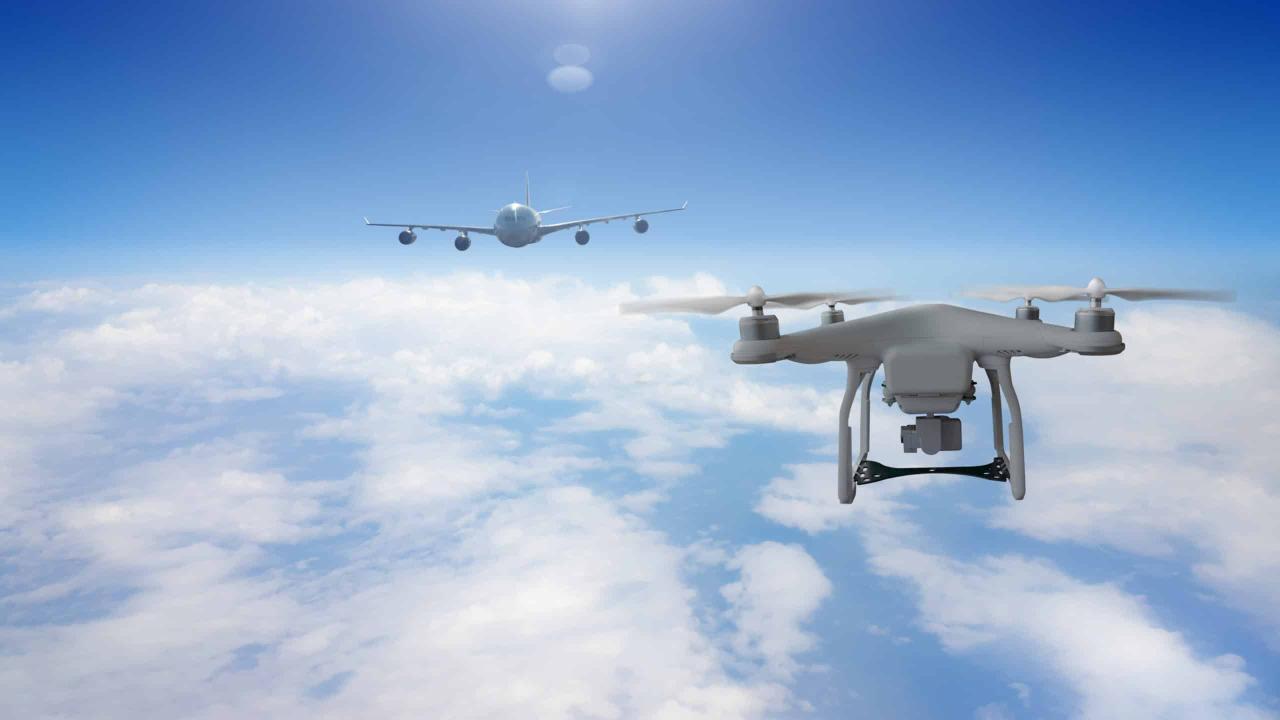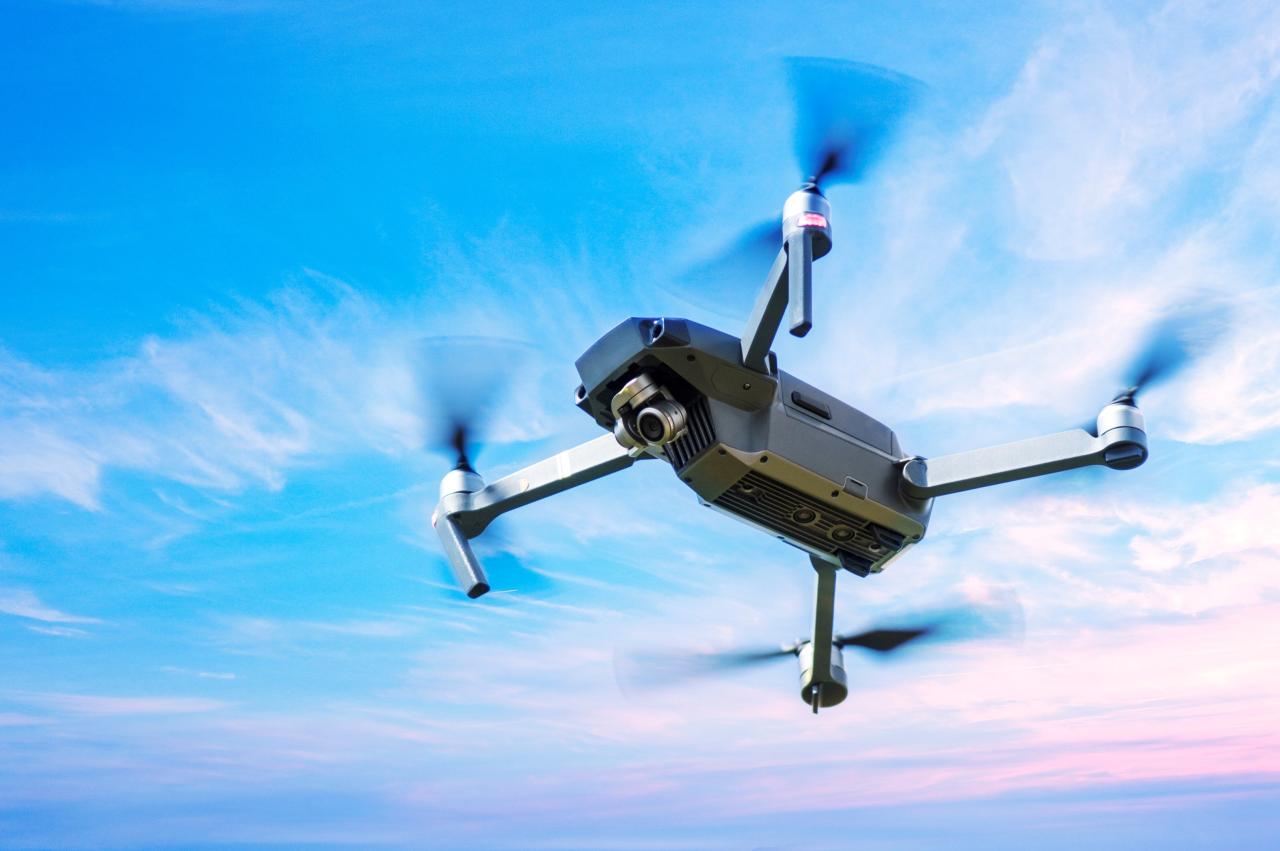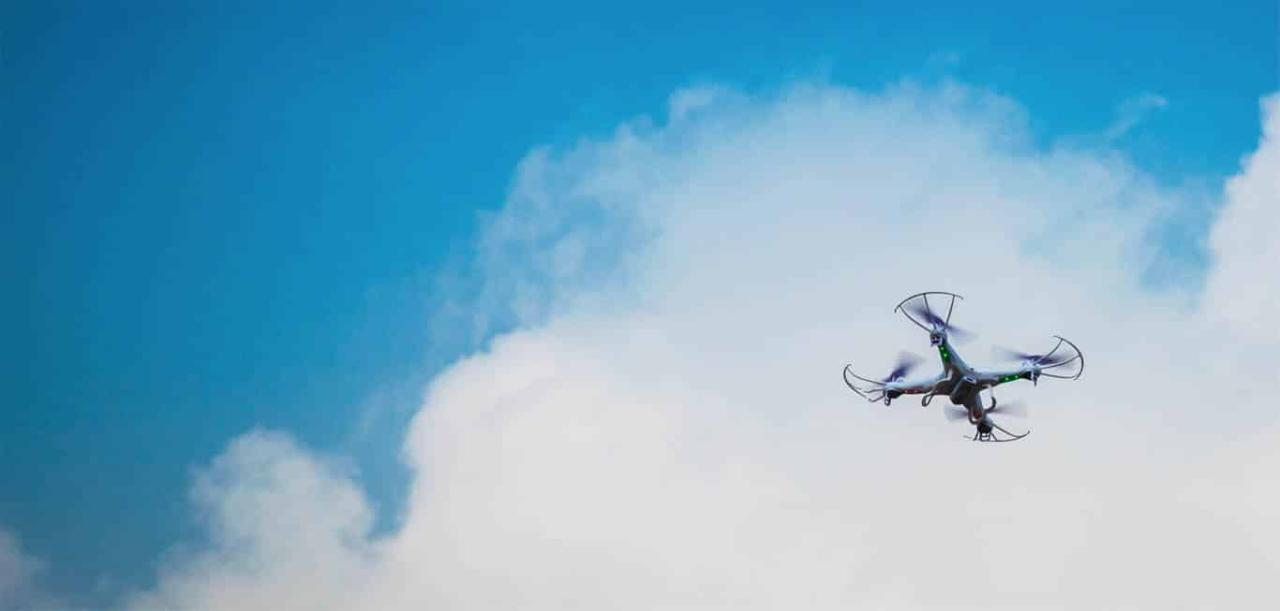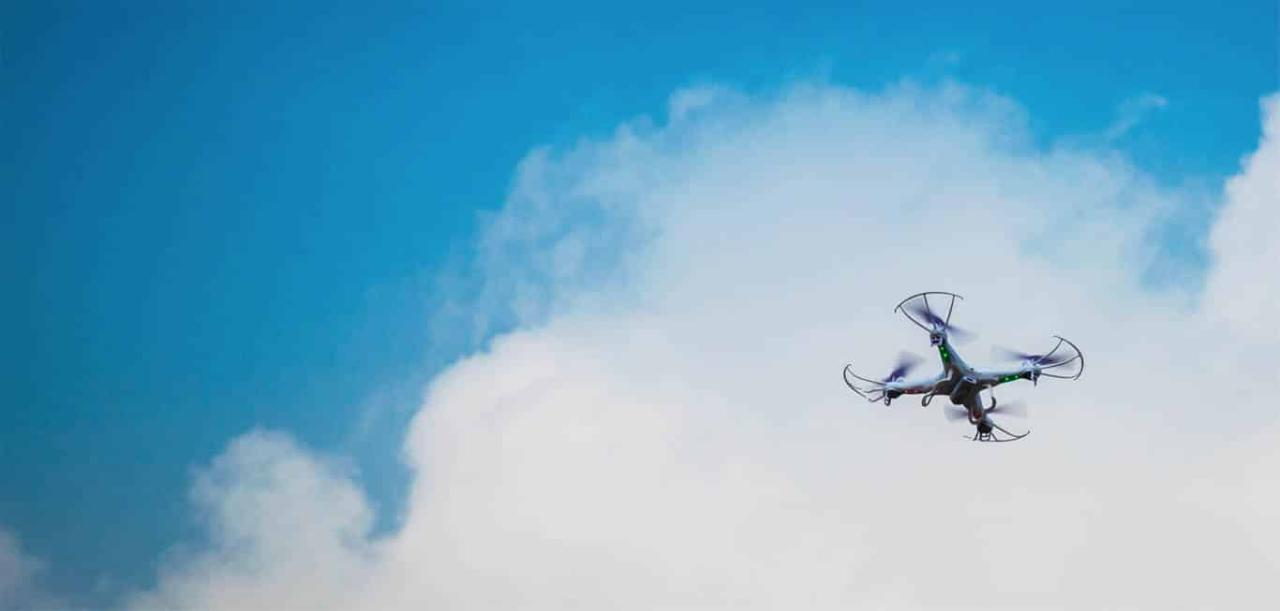Sky elements drones are revolutionizing atmospheric research. These unmanned aerial vehicles (UAVs) offer unprecedented access to atmospheric data, allowing scientists to collect information on temperature, pressure, humidity, wind speed, and air quality at various altitudes. Unlike traditional methods like weather balloons and satellites, drones provide highly localized data collection, enabling detailed studies of specific atmospheric phenomena such as cloud formation, pollutant dispersion, and the impact of environmental hazards.
This detailed data is crucial for improving weather forecasting, climate modeling, and environmental protection.
The versatility of drones extends to diverse applications. From monitoring volcanic plumes and forest fires to assessing the impact of industrial emissions, drones provide real-time data crucial for effective response and mitigation strategies. Advanced image processing techniques allow scientists to extract quantitative data from aerial imagery, providing insights into cloud cover, aerosol concentration, and vegetation indices. This wealth of information is invaluable for understanding complex atmospheric processes and improving our ability to predict and manage environmental challenges.
Drone Technology in Atmospheric Studies

Drones are revolutionizing atmospheric research, offering a cost-effective and flexible alternative to traditional methods. Their maneuverability allows for targeted data collection at specific altitudes and locations, providing unprecedented detail on atmospheric processes.
Types of Drones Used in Atmospheric Research
Various drone types are employed, each with its strengths and limitations. Fixed-wing drones excel in covering large areas quickly, ideal for mapping atmospheric conditions across wide regions. Multirotor drones, with their vertical takeoff and landing capabilities, are better suited for precise measurements in confined spaces or near obstacles, such as within a cloud layer or around a volcano.
Sky Elements drones are usually pretty safe, focusing on aerial photography and data collection. However, safety is paramount, as highlighted by a recent incident where a boy was unfortunately hit by a drone; you can read about it here: boy hit by drone. This underscores the need for responsible drone operation and understanding potential risks when using Sky Elements or any drone technology.
- Fixed-wing drones: Offer long flight times and high speeds, covering extensive areas but limited maneuverability.
- Multirotor drones: Provide excellent maneuverability and hovering capabilities, ideal for detailed measurements in specific locations, but have shorter flight times and limited range.
- Hybrid drones: Combine features of both fixed-wing and multirotor drones, offering a balance between flight time, range, and maneuverability.
Drone-Based Atmospheric Data Collection
Drones carry a range of sensors to gather crucial atmospheric data. These sensors measure temperature, pressure, humidity, and wind speed at various altitudes. For instance, a miniature weather station might be integrated, while others employ lidar or radar for cloud profiling and precipitation measurements.
Comparison with Traditional Methods
Drone-based data acquisition offers advantages over traditional weather balloons and satellites. Weather balloons provide vertical profiles but are limited in spatial coverage and are susceptible to wind drift. Satellites provide broad-scale coverage but lack the high spatial resolution achievable by drones. Drones bridge this gap, offering detailed, localized measurements with high temporal resolution.
Hypothetical Drone Mission: Cloud Formation Study
A hypothetical mission to study cloud formation might involve a multirotor drone equipped with a high-resolution camera, humidity and temperature sensors, and a cloud condensation nuclei counter. The flight plan would involve ascending through the cloud layer, collecting data at various altitudes, and capturing images to analyze cloud structure and microphysical properties. The mission would focus on a specific cloud type and location, optimizing flight paths to capture maximum information.
Environmental Monitoring with Sky Element Drones
Drones are increasingly used for environmental monitoring, offering a powerful tool for assessing air quality, identifying pollutants, and tracking their dispersion.
Air Quality Monitoring and Pollutant Identification
Equipped with gas sensors, drones can measure concentrations of various pollutants, such as particulate matter, nitrogen oxides, and sulfur dioxide, in real-time. This data provides insights into pollution sources and dispersion patterns, informing mitigation strategies. For example, drones can map pollution plumes from industrial facilities, providing detailed visualizations of pollutant distribution.
Impact of Industrial Emissions
Drones are deployed to study the impact of industrial emissions on atmospheric composition. By mapping pollutant concentrations downwind of industrial sites, researchers can quantify the extent of pollution and its effect on air quality. This data is crucial for regulatory agencies in enforcing emission standards and protecting public health.
Case Studies: Volcanic Plumes, Forest Fires, and Other Hazards

Drones have been successfully used to monitor volcanic plumes, providing crucial data on ash distribution and gas composition, helping to assess the risk to aviation and nearby populations. Similarly, drones are used to map the extent of forest fires, track their spread, and assess fire intensity, assisting firefighters in their efforts.
Advantages and Disadvantages of Long-Term Monitoring
While drones offer flexibility and detailed data, their use in long-term monitoring faces challenges. Battery life and operational costs limit their continuous deployment compared to ground-based stations. However, their ability to access remote and hazardous areas makes them invaluable for supplementing ground-based networks, especially for targeted monitoring of specific events or areas.
Image and Data Analysis from Sky Element Drones
Analyzing the imagery and data collected by drones requires specialized techniques and software. Efficient data processing is crucial to extract meaningful information about atmospheric processes.
Image Processing Techniques
Aerial photographs and videos are processed using various techniques. These include geometric correction to account for drone movement and lens distortion, and image enhancement to improve clarity and contrast. Specialized software packages are used to process multispectral and hyperspectral imagery to extract information about atmospheric constituents and surface properties.
Comparison of Image Analysis Software

Several software packages are available for analyzing drone imagery. The choice depends on the specific application and data type.
| Software Name | Key Features | Pros | Cons |
|---|---|---|---|
| Pix4D | Photogrammetry, orthomosaic creation, 3D modeling | User-friendly interface, accurate results | Can be expensive |
| Agisoft Metashape | Photogrammetry, point cloud generation, mesh modeling | Powerful features, versatile | Steeper learning curve |
| QGIS | Open-source GIS software, image processing capabilities | Free and open-source, large community support | Requires more technical expertise |
| ENVI | Specialized remote sensing software, extensive image processing capabilities | Advanced analysis tools, suitable for complex datasets | Expensive, complex interface |
Data Extraction from Drone Imagery
Quantitative data, such as cloud cover, aerosol concentration, and vegetation indices, can be extracted from drone imagery using various techniques, including image classification, spectral analysis, and object detection. These methods provide numerical values that can be used in atmospheric models and environmental assessments.
Organizing and Managing Large Datasets, Sky elements drones
Drone missions can generate substantial amounts of data. Efficient data management strategies are crucial. This involves using structured file naming conventions, employing cloud-based storage solutions, and utilizing databases to organize and query data effectively.
Safety and Regulatory Aspects of Sky Element Drones
Safe and responsible operation of drones is paramount. Strict adherence to regulations and safety protocols is essential to minimize risks and ensure public safety.
Safety Protocols and Regulations
Drone operations are governed by various regulations, including airspace restrictions, flight limitations, and pilot certification requirements. These regulations vary by country and region. Pilots must be aware of these regulations and follow them strictly to avoid legal issues and accidents. Potential hazards include collisions with aircraft, power lines, and other obstacles. Mitigation strategies include thorough pre-flight planning, obstacle avoidance systems, and emergency procedures.
Sky elements drones are changing how we experience large-scale light shows. Think about the incredible visuals – and to see a prime example, check out the amazing Niagara Falls drone show , a spectacular display of coordinated aerial artistry. These kinds of shows highlight the potential of sky elements drones for breathtaking public events.
Best Practices for Drone Pilots
Best practices include conducting thorough pre-flight checks, obtaining necessary permissions, using appropriate safety equipment, and having a backup plan in case of equipment failure. Regular maintenance of the drone and its sensors is crucial to ensure reliable operation. Data backup strategies are essential to prevent data loss.
Comparison of Regulatory Frameworks
Regulatory frameworks for drone operations differ significantly across countries and regions. Some countries have more permissive regulations, while others have stricter rules. Understanding these differences is crucial for international collaborations and research projects involving drone operations.
Ethical Considerations

Ethical considerations involve data privacy, responsible use of technology, and environmental impact. Researchers must ensure that data collected is handled responsibly, protecting the privacy of individuals and respecting environmental regulations. Transparent data sharing practices and responsible use of drone technology are vital to maintain public trust.
Future Trends in Sky Element Drone Technology
Technological advancements are continuously improving drone capabilities for atmospheric research.
Sky elements drones are becoming increasingly popular for spectacular light shows, but even the best technology can have glitches. Check out this article about the orlando drone show malfunction to see what can go wrong, even with careful planning. Understanding these potential issues helps improve the safety and reliability of future sky elements drone displays.
Emerging Technologies
Emerging technologies include longer battery life, improved sensor technology, autonomous flight capabilities, and advanced data processing techniques. Miniaturization of sensors allows for integration of more sophisticated instruments onto smaller, more agile drones. Advances in AI and machine learning are leading to automated data analysis and interpretation, increasing efficiency and reducing human error.
Future Role of Drones in Weather Forecasting and Climate Modeling
Drones will play an increasingly important role in weather forecasting and climate modeling by providing high-resolution data on atmospheric conditions. This data can improve the accuracy of weather predictions and enhance our understanding of climate change. For instance, drones could provide real-time data on the formation and movement of hurricanes, leading to more accurate and timely warnings.
Potential of AI and Machine Learning
AI and machine learning will automate data analysis and interpretation, identifying patterns and anomalies in atmospheric data more efficiently than traditional methods. This will allow researchers to process large datasets more quickly and extract more meaningful insights. For example, AI algorithms could be used to automatically identify and classify different types of clouds from drone imagery, significantly accelerating the analysis process.
Challenges and Opportunities
The increasing use of drones in atmospheric research presents both challenges and opportunities. Challenges include managing large datasets, ensuring data quality, and addressing regulatory issues. Opportunities include improving our understanding of atmospheric processes, enhancing weather forecasting, and supporting environmental protection efforts. The responsible and ethical development and deployment of drone technology will be crucial to realize its full potential.
Conclusive Thoughts: Sky Elements Drones
The use of sky elements drones in atmospheric research represents a significant advancement, offering unparalleled opportunities for data collection and analysis. As drone technology continues to evolve, incorporating advancements in AI and machine learning, we can expect even more sophisticated applications in weather forecasting, climate modeling, and environmental monitoring. The challenges remain – navigating regulations, ensuring safety, and responsibly managing large datasets – but the potential benefits for scientific understanding and environmental protection are immense.
Essential FAQs
What are the limitations of using drones for atmospheric research?
Drone flight times are limited by battery life, and weather conditions can restrict operations. Data transmission range and regulatory restrictions on airspace also pose challenges.
How is data privacy ensured when using drones for atmospheric research?
Strict adherence to privacy regulations, anonymization of data where possible, and clear communication with stakeholders are essential to ensure responsible data handling.
What are the costs associated with using drones for atmospheric research?
Costs include purchasing drones and sensors, maintenance, pilot training, data processing software, and obtaining necessary permits and licenses.
What type of training is needed to operate drones for atmospheric research?
Operators need training in safe drone operation, data acquisition techniques, and relevant safety regulations. Specific training may be required depending on the complexity of the mission and the type of drone used.
